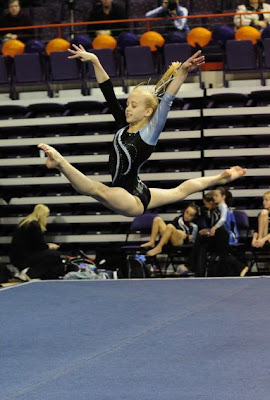
In Britain young football stars such as Michael Owen and Steven Gerrard of Liverpool, and Kieron Dyer of Newcastle United, had new or recurrent injury problems last season. All of these players began training young, going through the Football Association's academies.
More than 20 years ago, an opinion piece in the journal Archives of Diseases in Childhood warned of the risks of intensive training in young athletes. Its author, Professor Nicola Maffulli, now head of the department of trauma and orthopaedic surgery at Keele University medical school, was himself an athlete, a wrestler who represented Britain at European championship level. He argued that fast-growing young athletes were particularly at risk from injuries due to overuse of muscles and joints.
So concerned was he by stories of elite young athletes being damaged by the 'catch them young and train them hard' philosophy that he set up a research study to quantify the problem. 'We did the study because there were all sorts of reports about how we were going to experience an epidemic of catastrophic injuries among young athletes', says Maffulli.
The results amazed him. The Training of Young Athletes Study looked at the rate of injuries over five years in more than 450 elite young athletes between the ages of nine and 18. The athletes played either football, gymnastics, swimming or tennis. Injuries were surprisingly rare and usually trivial. 'The athletes got on average one injury a year,' says Maffulli. 'None of them had to retire through injury during the study. In the long term it doesn't seem that a high intensity of athletic participation causes high levels of chronic injuries.'
Even so, there's widespread concern among the public and sports governing bodies that our best young athletes are falling like ninepins. 'There is a difference between the public perception of injuries in young athletes and the scientific evidence. We remember only the bad cases. In general, elite sport is safe but every so often when you compete at the highest level something catastrophic happens. We can't predict when it will happen or who it will happen to.'





 Let’s be honest. Some companies talk a good game but deliver something else. You need more. You need a team who’s as dedicated to your long term success as you are with an intimate understanding of your sport.
Let’s be honest. Some companies talk a good game but deliver something else. You need more. You need a team who’s as dedicated to your long term success as you are with an intimate understanding of your sport.





















